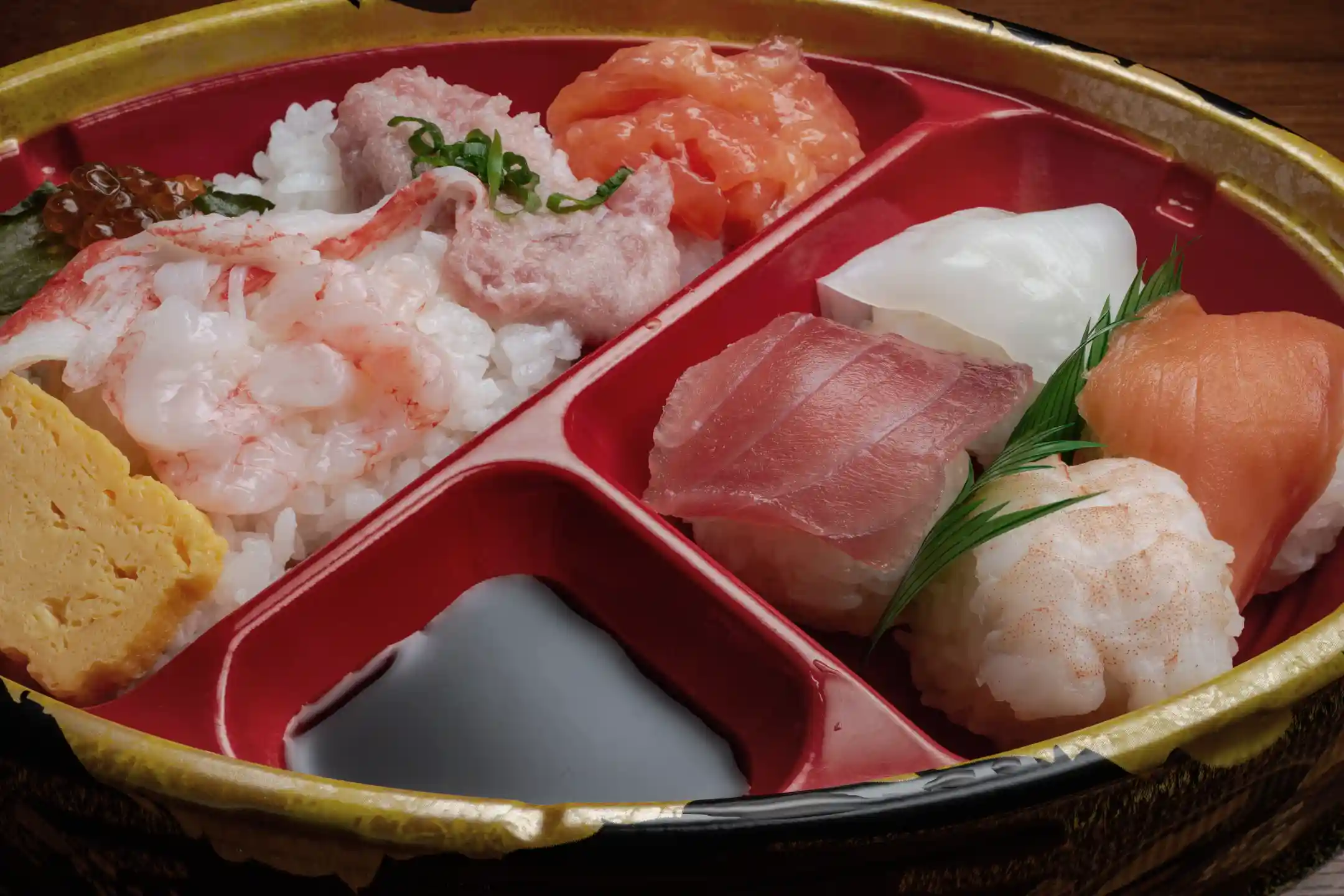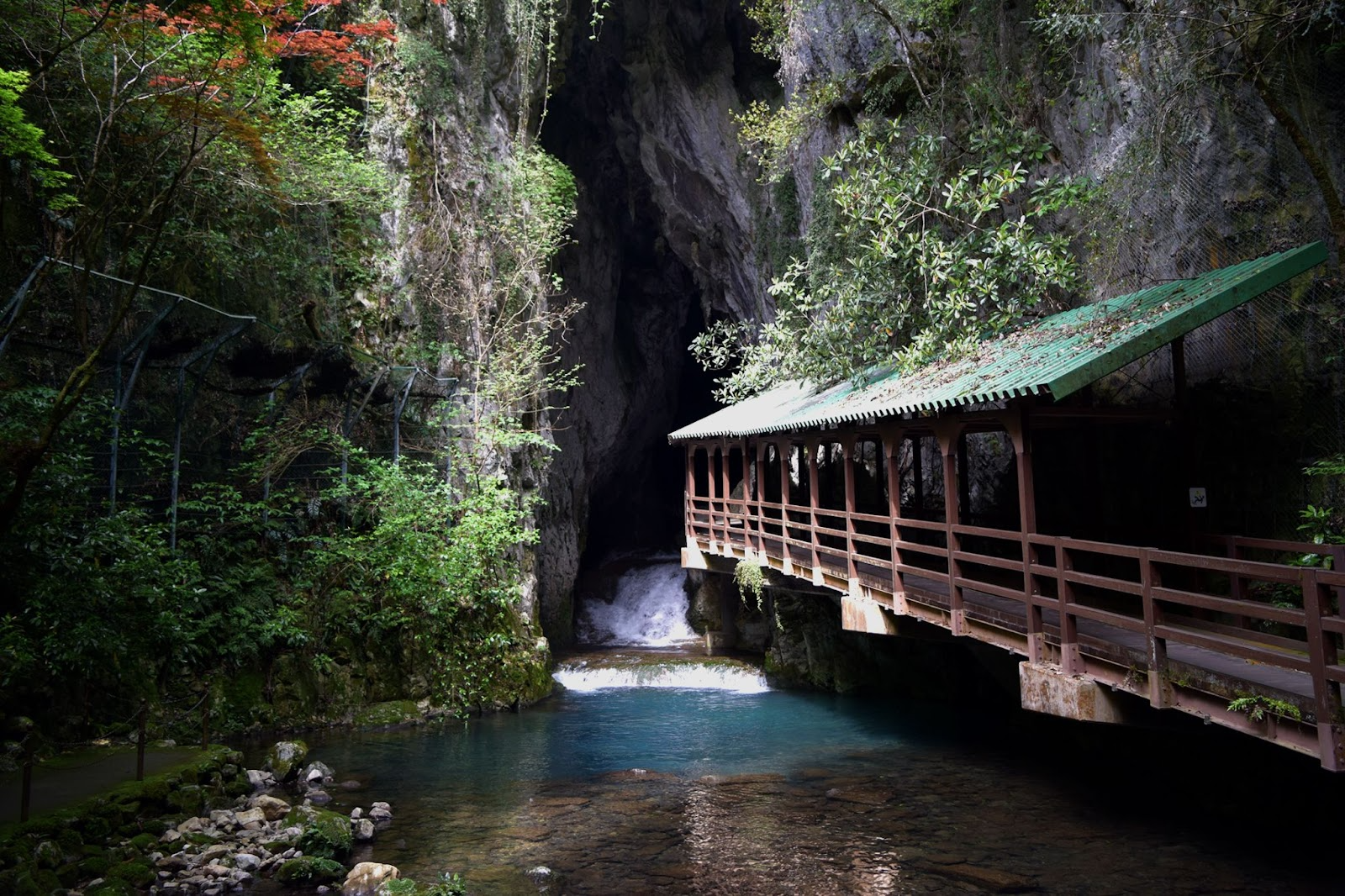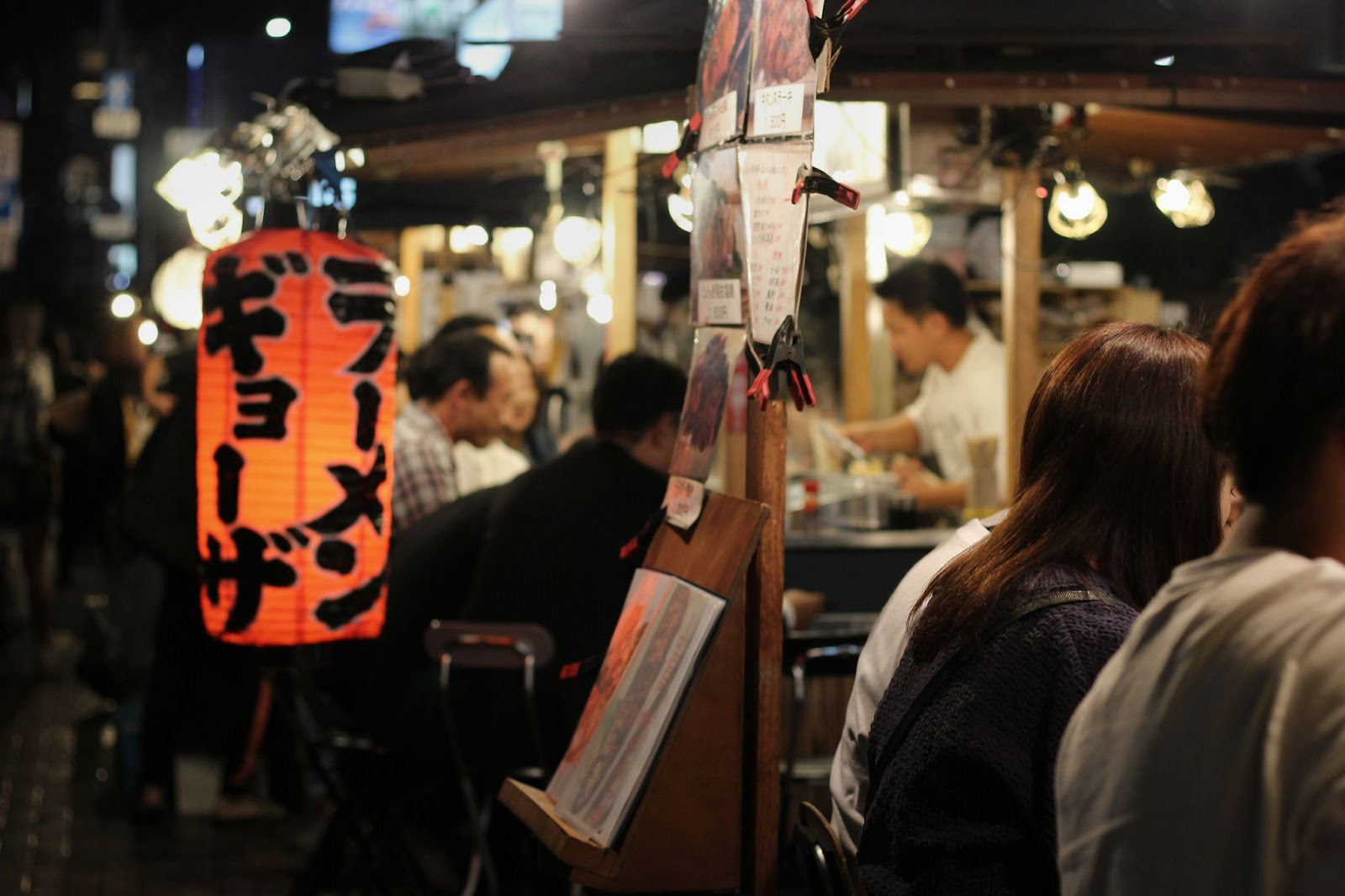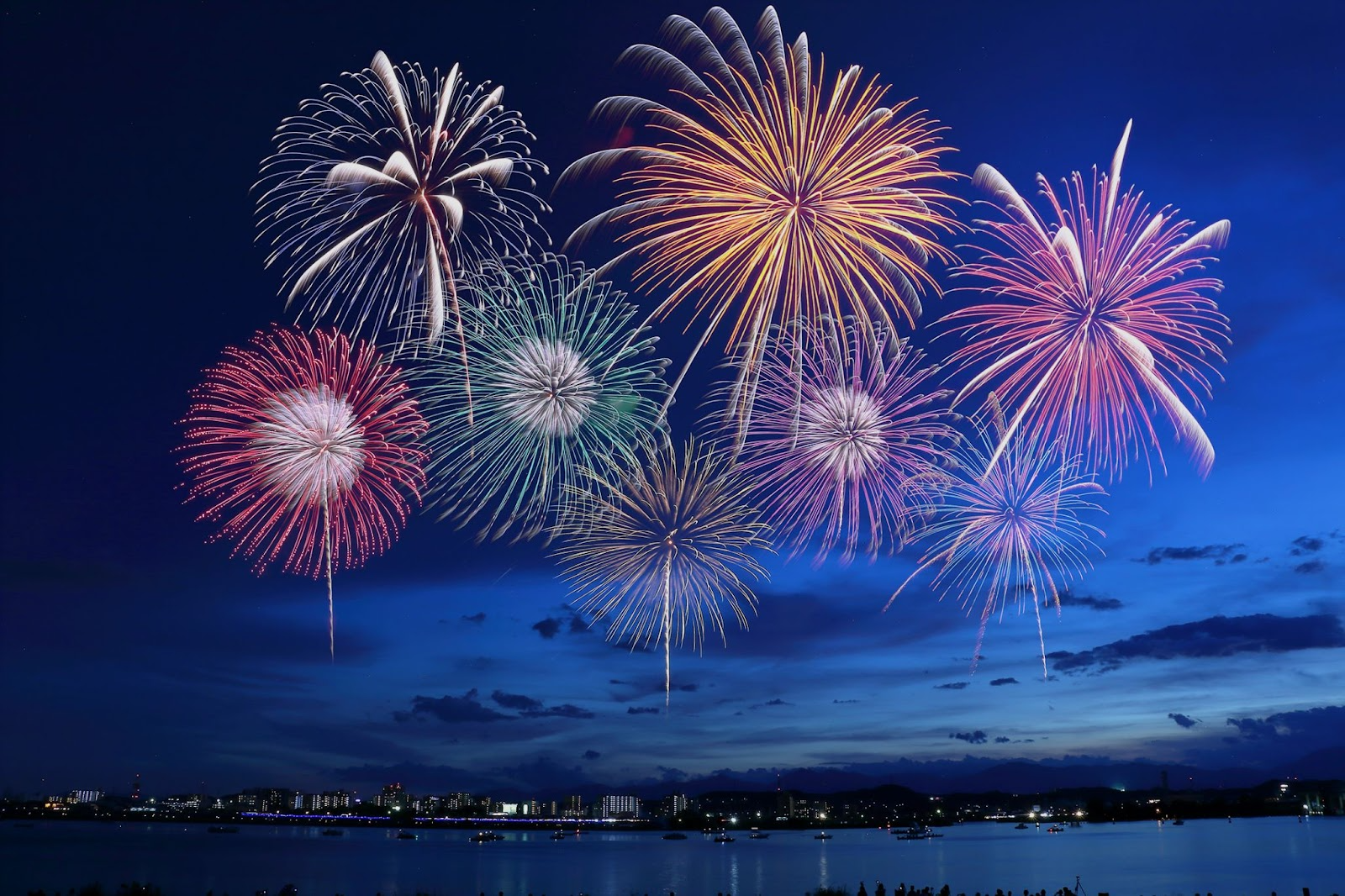Japan’s ekiben menu is far more than a boxed lunch for people on the move. When you lift the lid, you open a window onto regional cuisine, traditional craftsmanship, and daily life. These little treasure chests transform an ordinary train ride into a multilayered cultural adventure, delighting even well‑traveled visitors with their freshness and creativity.
For centuries, Japanese food culture has prized aesthetics and storytelling as highly as flavor. Every wrapper, skewer, or lacquered box is chosen with care, often drawing on local artisanal techniques. Whereas many Western take‑away meals prioritize pure practicality, an ekiben menu invites you to slow down, savor details, and read the story told by the vessel itself.
If we focus only on the element of surprise, though, we risk reducing generations of knowledge and craftsmanship to a curiosity. To appreciate any ekiben menu fully, place each meal in its historical and human context—seeing how today’s flavors are rooted in yesterday’s traditions.
In the pages that follow, you’ll travel from Hokkaidō’s snow‑kissed shores to Kyūshū’s subtropical valleys, exploring everything from origin myths to modern eco‑innovation. Consider this your pre‑boarding tasting tour; once you reach the platform, you’ll recognize the culinary “treasure boxes” waiting for you.
The Essence of the Ekiben Menu: Culture, Craftsmanship, and Culinary Tradition
Historical Roots: How Does the Ekiben Menu Reflect Local Traditions?
Picture yourself in 1885 at Utsunomiya Station: rail travel is brand‑new, symbols of Western modernity gleam everywhere, and an ekiben of two rice balls with pickled daikon costs a princely five sen (*1). That humble meal marked the dawn of a phenomenon that now numbers in the thousands.
Over the next century, ekiben evolved from simple sustenance into “stagers of travel ambience.” Each one packages a region’s flavors so convincingly that a single bite can carry you across mountains or along coastlines. Rather than brushing aside their distinctive shapes and tastes as mere novelty, savor the depth of history, climate, and local wisdom tucked inside. Today, ekiben are officially recognized as “tourism resources that bind the pleasure of travel to specific regions” (*2). When you nibble a slice of mountain fern or local sea urchin, you’re also tasting centuries of ingenuity.
Commitment to Packaging: The Artisanship Embedded in Every Ekiben Menu

Ekiben fascination doesn’t end with food; it extends to wrappers, ties, and even the clay or cedar that cradle your meal. During the early Shōwa period, artists began decorating wrappers with local landmarks and seasonal motifs—a movable gallery that travelers still collect today.
A beloved classic, “Tōge no Kamameshi,” arrives in a stout Mashiko‑ware pot from Yokokawa Station. The vessel stays warm for hours and doubles as chic kitchenware back home. Other boxes are carved from cedar, bent into curved mage‑wappa shapes, or sprinkled with Kanazawa gold leaf. Each design teaches you something about the host region’s natural resources and artistic flair.
Iconic Ekiben Menus Across Japan: Savor Local Flavors
Hokkaidō’s Treasure Trove of Seafood: The Crab Ekiben Menu
Northern Hokkaidō is seafood heaven, and the star of the show is crab. “Kanimeshi,” first sold just after World War II at Oshamambe Station, perfumes rice with sweet crustacean stock and crowns it with glistening leg meat. Containers shaped like bright‑red crab shells transform the lunch into an edible postcard, and at roughly ¥1,000–1,200 you’re essentially hosting a pocket‑sized seafood party on your tray table.

Kyoto’s Zen Aesthetics: Shojin Cuisine Ekiben Menu
Kyoto invites you to embrace stillness with shōjin ryōri, the plant‑based cuisine of Buddhist temples. A “Shojin Bentō” pairs yuba, sesame tofu, and heirloom vegetables—arranged so artfully you may hesitate to disturb the composition. While some travelers find the seasoning whisper‑soft, others appreciate its layered subtlety. Either way, for about ¥1,000, you taste Kyoto’s centuries‑old dialogue between nourishment and mindfulness.
Kanazawa’s Elegance: An Ekiben Menu Adorned with Gold Leaf
Kanazawa, former castle town and craft powerhouse, takes luxury literally: its “Gold‑Leaf Seafood Chirashi Bentō” scatters edible gold over snow crab, salmon roe, and coveted nodoguro (blackthroat seaperch) (*1). The shimmer isn’t mere decoration; Ishikawa Prefecture produces 99 percent of Japan’s gold leaf, and locals see the material as a playful expression of hospitality (*2). At ¥1,180, you bring home both a gourmet treat and a story to share at dinner parties.
Eco‑Friendly Ekiben Menus: Sustainability and Regional Contribution
The Rise of Biodegradable Packaging: New Initiatives in Ekiben Menus
Ekiben culture is turning green. For the 2008 G8 Toyako Summit, Sapporo Station debuted a commemorative bentō in corn‑based bioplastic that vanishes harmlessly in soil, bag and all (*1). In Himeji, a venerable maker has revived cedar boxes, pairing tradition with environmental care (*2). Many vendors now spotlight ASC‑ or MSC‑certified seafood, inviting you to support healthy oceans with every bite. If Japan’s recycling rules leave you puzzled, station staff can guide you—turning waste sorting into a moment of cross‑cultural learning.
Supporting Farmers and Fishers: Revitalizing Communities Through Ekiben Menus
Sourcing local ingredients means direct benefits for rural economies. In Goshogawara, high‑school students co‑created the “Mushamo Rock Bentō,” celebrating Shamorokk chicken, clams, and apples in a single charismatic package. Down in Nagasaki’s Shimabara Peninsula, the “Kazan Bentō” channels volcanic‑soil produce while funding a sheltered‑workshop program. When you purchase meals like these, you nourish communities as surely as you nourish yourself.

Hands‑On Programs: Ekiben‑Making Workshops and Cultural Exchange
Create Your Own Ekiben Menu in Kyoto
Ready to roll up your sleeves? At WAK JAPAN in Kyoto’s Higashiyama district, you’ll prepare stock, slice seasonal vegetables, and arrange your own mini masterpiece in a 100‑year‑old machiya townhouse (*1). Multilingual instructors explain everything from knife technique to color harmony, so even kitchen novices leave with a deeper feel for Japan’s care‑driven food culture.
Learning From Local Artisans: Traditional Bento Techniques
Toyama’s “Minamoto Masu‑no‑Sushi Museum” lets you press trout sushi between bamboo leaves, discovering firsthand how aroma infuses rice (*3). The steps appear straightforward, yet perfect pressure demands a craftsman’s intuition—making success that much sweeter. Workshops like these move you beyond passive tasting into active cultural exchange.
Harmony Between Shikishima’s Ekiben Menu and Spectacular Routes
On the TRAIN SUITE Shikishima, Executive Chef Ikeuchi builds menus in dialogue with farmers and fishers along the route. When pink clouds of cherry blossoms flash past your window, you’ll receive cherry shrimp and wild greens; as Hokkaidō’s forests appear, mushrooms and seafood follow suit (*1). You quite literally taste the scenery.

The Allure of Seven Stars in Kyūshū: Ekiben Menus and Scenic Routes
Seven Stars in Kyūshū rolls through all seven prefectures, presenting black pork from Kagoshima, free‑range chicken from Miyazaki, and Sekiaji mackerel from Ōita. Dinner might pair Nagasaki wagyū with Kumamoto chestnuts, ending in an exclusive bowl of Ippūdō ramen crafted just for the journey (*1). Sweeping views of Aso’s caldera or the Nichinan Coast remind you that Japan’s variety is anything but compartmentalized.

TWILIGHT EXPRESS Mizukaze: Ekiben Menus and Scenic Routes
Representing western Japan, TWILIGHT EXPRESS Mizukaze showcases Seto Inland Sea fish, Tajima beef, and Tottori snow crab (*1). Between courses, step onto the observation deck to watch island‑dotted waters slide by, then return to a table set with Kyoto vegetables or Oku‑Izumo pork. You’re indulging in a triple luxury of motion, landscape, and flavor.
Seasonal Ekiben Menus: How to Choose Boxes That Celebrate Japan’s Freshest Produce
Japan loves to fold the calendar into its cuisine, and ekiben are seasonal microcosms. In spring, look for cherry‑blossom rice or mountain fiddleheads; summer brings chilled eel or citrus‑marinated seafood; autumn glows with chestnuts and matsutake; winter turns decadent with crab and sweet oysters. Limited editions sell out early, so morning travelers have the best selection. Pay attention to station posters—often illustrated with the very ingredients ripening outside your window—and let seasonality guide your pick.

Where to Buy Ekiben and Online Store Guide
Ekiben Shops at Major Stations
Tokyo Station’s “Ekiben‑ya Matsuri” corrals specialties from the northern snows to the southern islands, making it a one‑stop tasting tour. Ōsaka, Kyōto, and Shin‑Ōsaka Stations host “Tabibentō Ekiben Nigiwai,” while Sendai and Sapporo stations greet early risers with region‑specific counters. Don’t hesitate to ask staff for advice; their warm recommendations often become unexpected highlights of your trip.
Online Stores With Japanese and English Support
Pressed for time? JR East’s “Ekiben‑ya Net Reservation Service” lets you book ahead (Japanese‑language interface), and select travel agencies handle orders in English. Nationwide chilled delivery means you can even send a favorite box home. Still, nothing matches tearing open a wrapper on a gently rocking carriage, where flavor, scenery, and anticipation weave together into a single memory.
Conclusion: Immerse Yourself in Japanese Culture Through Diverse Ekiben Menus
Ekiben offer more than nourishment: they narrate local history, celebrate artisanship, and promote sustainability. Whether you treasure a Mashiko‑ware pot from “Tōge no Kamameshi,” admire Kanazawa’s gold‑flecked artistry, or applaud biodegradable corn‑fiber boxes, each design reveals a different facet of Japan.
Seasonal varieties let you taste the landscape month by month, while online services extend convenience. Yet the real magic happens aboard the train or in a hands‑on workshop, where food, people, and place converge. Luxury journeys on Shikishima, Seven Stars, or Mizukaze elevate that magic to operatic levels, blending regional cuisines with ever‑changing vistas.
For more than a century, ekiben have bridged travelers and communities. When you next glide through Japan, choose a regional box, appreciate its backstory, and you’ll discover—bite by bite—that the country’s diversity and depth exceed every expectation.
Author Bio






